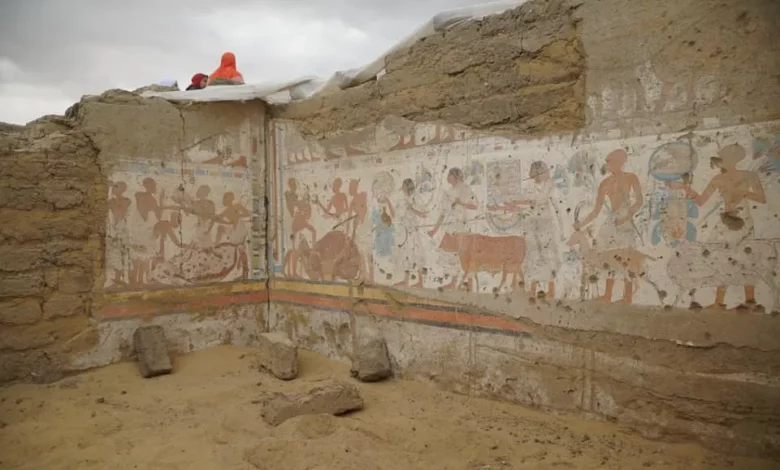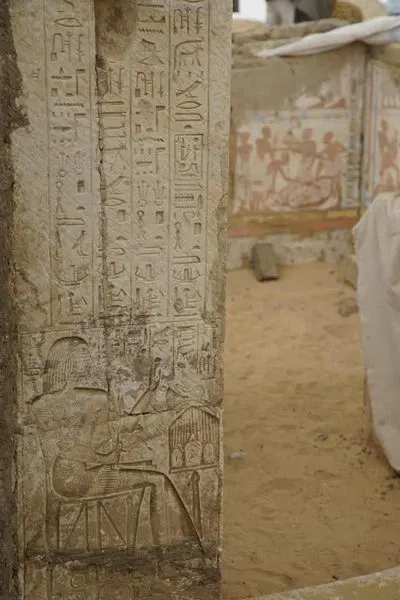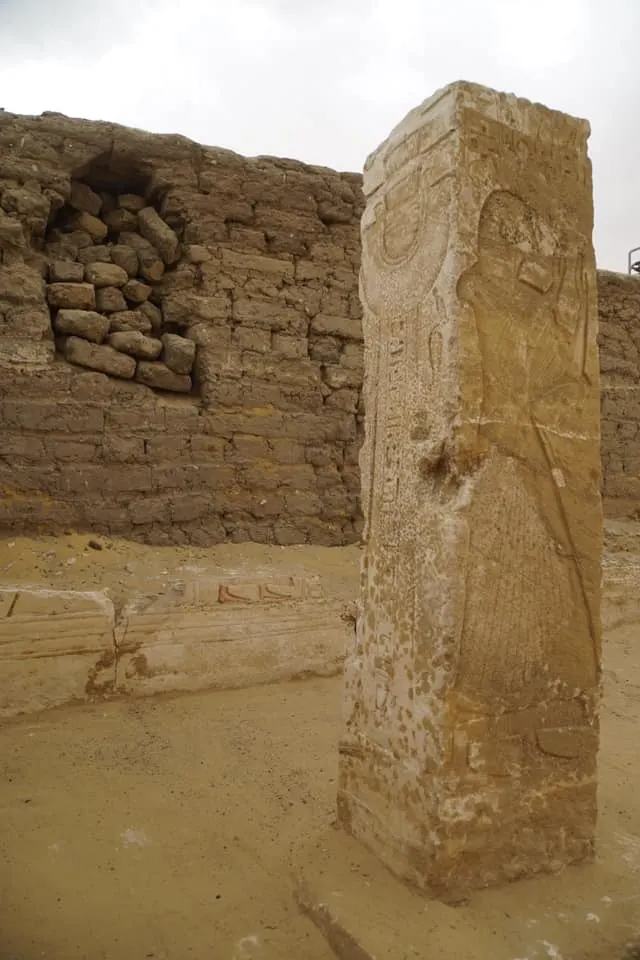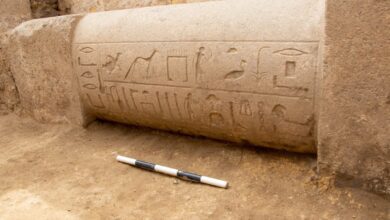
The Egyptian Ministry of Tourism and Antiquities announced on Saturday the discovery of the tomb of “Ptah-M-Wea”, who held important positions during the reign of King Ramses II, who ruled Egypt for 66 years between 1279 and 1212 BC.

The Secretary-General of the Supreme Council of Antiquities, Mostafa Waziri, said in a statement that the mission of the Faculty of Archeology at Cairo University succeeded in discovering the tomb during the excavations it is conducting in the Saqqara area in Giza Governorate.
“Ptah-M-Wea” held the position of head of the treasury during the reign of King Ramses II.
Waziri pointed out that “The site of discovery includes the tombs of senior modern statesmen from the era of the nineteenth dynasty and complements the site of the tombs of the eighteenth dynasty, the most important of which is the site of the military leader Horemheb.”

Waziri explained that the importance of the discovery is represented in the positions held by its owner as royal clerk, head of the treasury, chief supervisor of livestock, and responsible for divine offerings in the Temple of Ramses II in Thebes.
The head of the archaeological mission of Cairo University, Ola al-Ajezy said, “The cemetery belongs to the distinctive style of this site, which is called the tomb-temple.”
She explained that this style consists of an entrance in the form of an edifice followed by one or more courtyards, and the tomb ends in the west with shrines for deities, topped by a small pyramid.
“What has been uncovered from the tomb is its entrance made of stone carved with scenes of the tomb’s owner,” she added.
“The most important of these scenes depicts the procession of carrying offerings, which ends with a scene of the slaughter of a calf.”
Many stone blocks were found under the sand, as well as many Osirian columns, some lying down and others standing in their original place.




